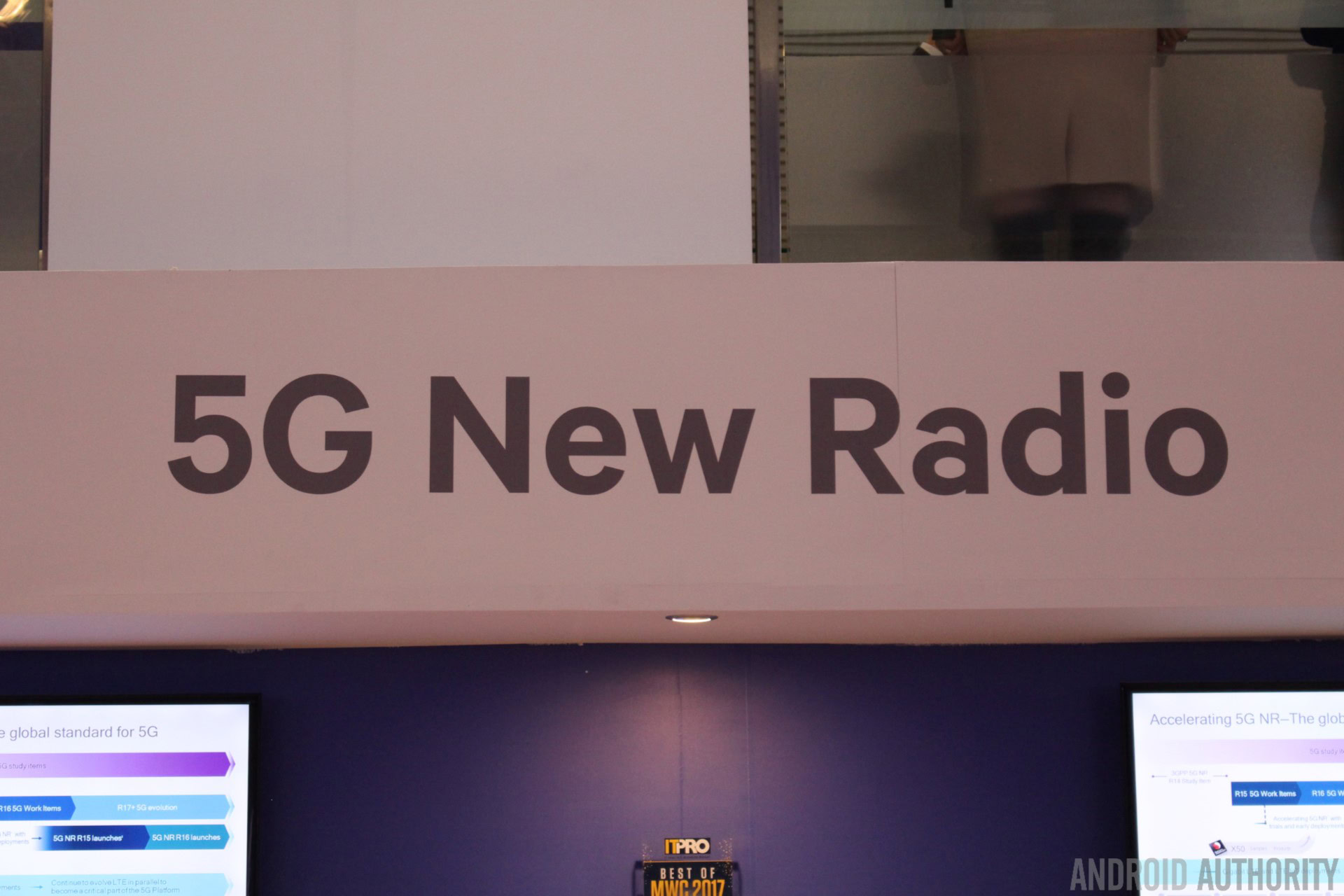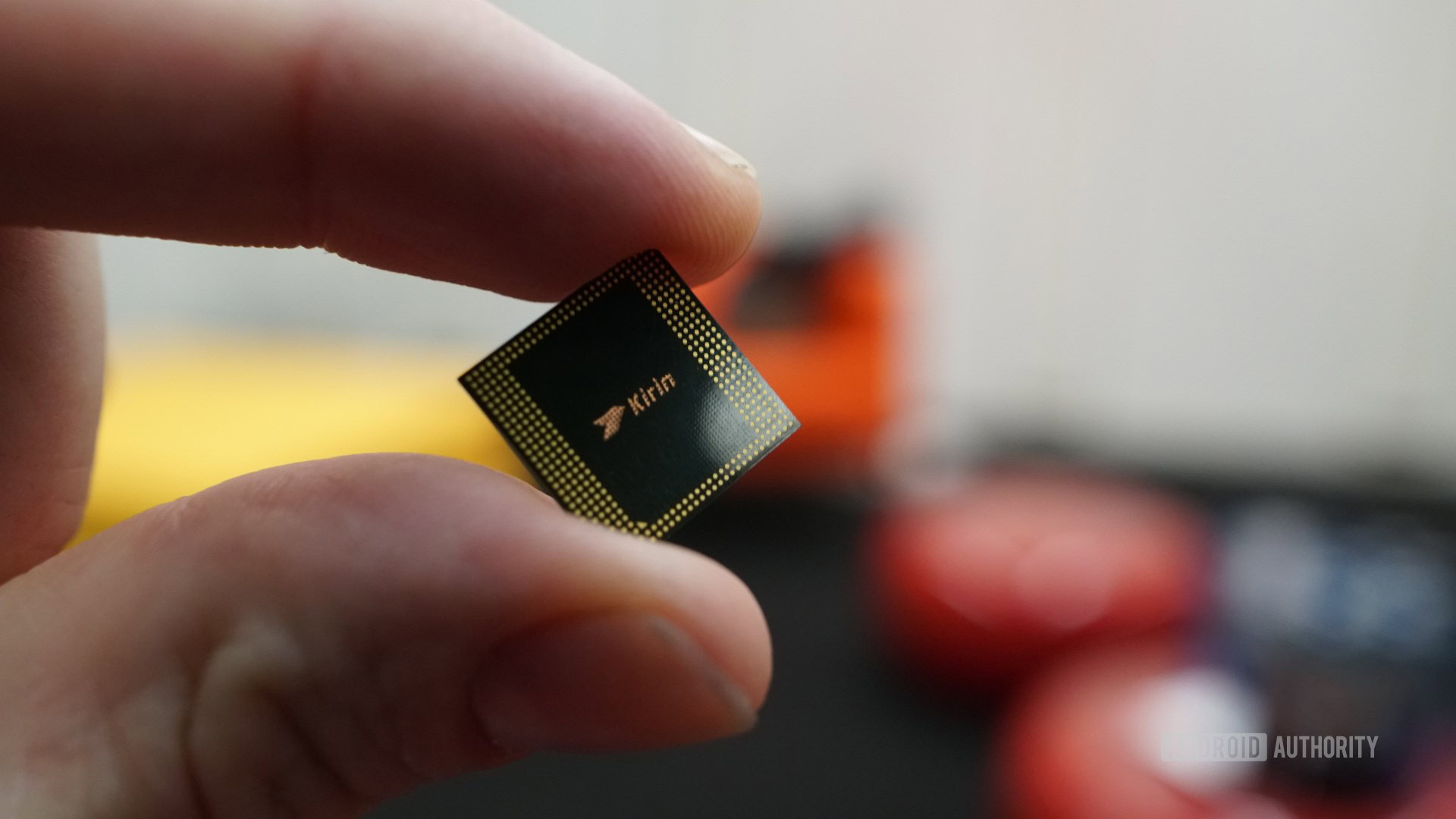Affiliate links on Android Authority may earn us a commission. Learn more.
5G is a golden opportunity for Chinese OEMs

5G mobile networks are going to open up new experiences and possibilities for the Internet of Things (IoT), media businesses, and consumers. It also represents a major opportunity for infrastructure developers, researchers, and manufacturers. China is looking to play a major part in the development of 5G, with a number of its biggest companies heavily involved in standards and testing.
This situation is quite different from the development of the early 4G LTE standard, which was predominantly overseen by Japanese, South Korean and legacy telecommunications companies like Ericsson, Nokia, Samsung, SK Telecom, Qualcomm, and LG U+, among others. There are more than 800,000 industry standards in the world, yet only 2 percent are internationally agreed upon, partly due to the difficulties in agreeing to rules across different legal systems. China accounts for less than 0.2 percent of these standards, and neither HUAWEI or ZTE are among the top 10 4G IP owners.

My inkling would be that the more robust legal systems, along with a long background in many technical industries, have historically favoured standard development in Western markets. China perhaps feels that it has been left out or stuck working with technologies devised by others. However, it’s clear that more active participation is going to be required if the Communist Party of China wants to realize its goal of becoming a global tech innovator.
Driving 5G development
Today, a wide range of Chinese telecommunication companies are working on the 5G (IMT 2020) standard and the accompanying radio technologies. HUAWEI and ZTE, two of China’s biggest mobile and telecom companies, are leading research into commercial 5G and stocking up on intellectual property. ZTE has submitted more than 4,000 international proposals concerning 3GPP 5G New Radio (NR) since January 2016, and obtained three editor seats in key 5G specifications. The company is also taking a leading role in the world’s 5G testing, carrying out field tests with China Mobile and China Unicom this year, SoftBank in Japan, as well as working with Qualcomm, Baidu, and other industry players.
HUAWEI is similarly embedded in development, research, and testing of 5G networks with other partners. The company has demonstrated 5G-based remote driving with China Mobile and SAIC Motor, 39 MHz mmWave radio technology with NTT DOCOMO in Japan. It’s also partnered with Deutsche Telekom to test Europe’s first 5G connection. HUAWEI is working closely with Intel on New Radio testing to mature essential new short-range radio technologies. These companies aren’t just operating in China, they’re working closely with global partners to solve 5G problems.
LexInnova Technologies, a US consulting firm in the United States, estimated that China owned about 10 per cent of the “5G-essential” intellectual property rights relating to radio access, modulation and core networking. HUAWEI owns the largest amount of related IP in China, followed by ZTE. 5G infrastructure spending by China’s three network operators, China Mobile, China Unicom, and China Telecom, is also forecast to reach $180 billion over a seven year period. For comparison, US carriers invested $117 billion with the roll-out of their 4G infrastructure, and Japan is expected to spend only $46 billion on 5G outlay over the same period.

Beyond phones in the world’s largest market
It’s not surprising China is making such large investments into 5G – the country is the world’s largest smartphone and carrier market by subscribers, followed by India and then the US. Market research firm CCS Insight anticipates there will be more than 1 billion 5G users online by 2023. Half of them will likely be based in China.
HUAWEI and ZTE may be leading China’s investment into 5G technologies, but they are handset manufacturers too, operating in the world’s largest phone market. HUAWEI holds the top spot in the country, outside of the BBK Electronics group, and also has its fabless semiconductor arm – HiSilicon – to design SoCs for its phones.
There will be more than 1 billion 5G users online by 2023. Half of them will likely be based in China.
Being able to design their own chips while working on back-end technology is going to be advantageous when transitioning over to 5G. Qualcomm and Samsung are afforded similar opportunities as SoC and networking developers. HiSilicon is also one of the largest fabless SoC designers in China, selling products across the display & video, home networking, surveillance camera, and even the smart home and set-top TV markets. 5G is going to bring many of these areas even closer together, leaving HiSilicon in a strong position.
This isn’t to say that HUAWEI and HiSilicon are the only companies capable of providing the hardware for the huge range of 5G powered products. Qualcomm, for example, is broadening its portfolio to cater to connected audio, smartphone home, and automotive platforms. However, with Qualcomm facing regulatory battles across Asia regarding modem technologies, there may be room for some homegrown talent in China and perhaps elsewhere. Qualcomm was fined $773 million in Taiwan this year, following a $865 million case in Korea in December 2016, and a $975 million fine from the Chinese National Development and Reform Commission back in 2015.

5G isn’t just about hardware, it will also enable new connected use cases across consumer and enterprise markets. Back in Febuary 2016, China Mobile jointly launched its 5G Innovation Centre, focusing on IoT, the Internet of Vehicles, industrial internet, cloud robotics, and VR/AR. China’s Alibaba, Baidu, and Tencent are working on 5G enabled autonomous driving, entertainment, cloud services, and other areas, with timetables in place for when these services will be viable.
The country’s government is heavily involved in promoting development too, the Chinese Ministry of Industry and Information Technology and the Ministry of Transport are promoting a 5G standard for connected and autonomous cars based on previous tests in the country. A head start here could see some of these products and services appear around the world following the launch of 5G.

Wrap Up
The road to, and roll-out of, 5G will require a lot of input from companies all around the globe. Unlike with the development of 4G and the country’s own TD-SCDMA 3G standard, Chinese companies are right in the midst of major global development efforts, alongside familiar telecommunications and equipment designers from South Korea and the US.
China is a relative latecomer to developing global standards, but the country’s technology industry has undergone major shifts and growth over the past decade. With serious financial investment, capabilities to bring products to market, and the backing of its government, Chinese technology companies seem poised to have a major influence on this next-generation wireless standard.